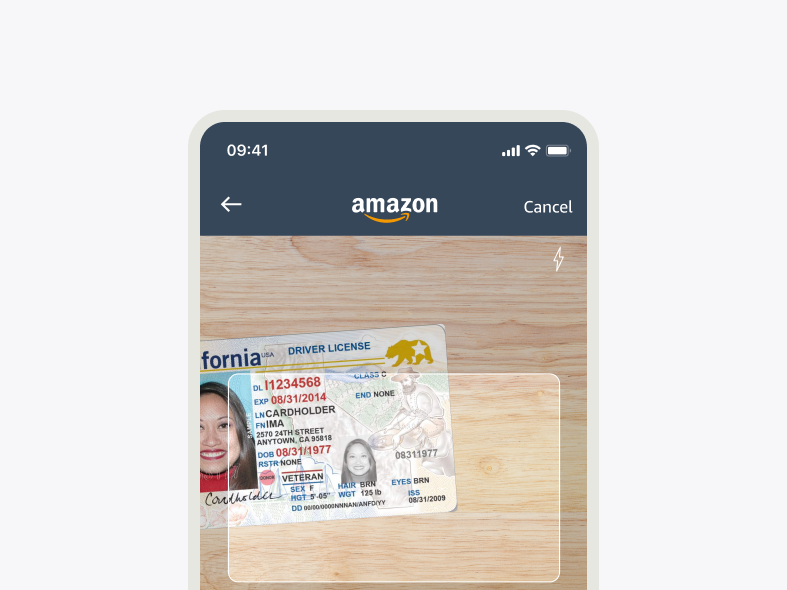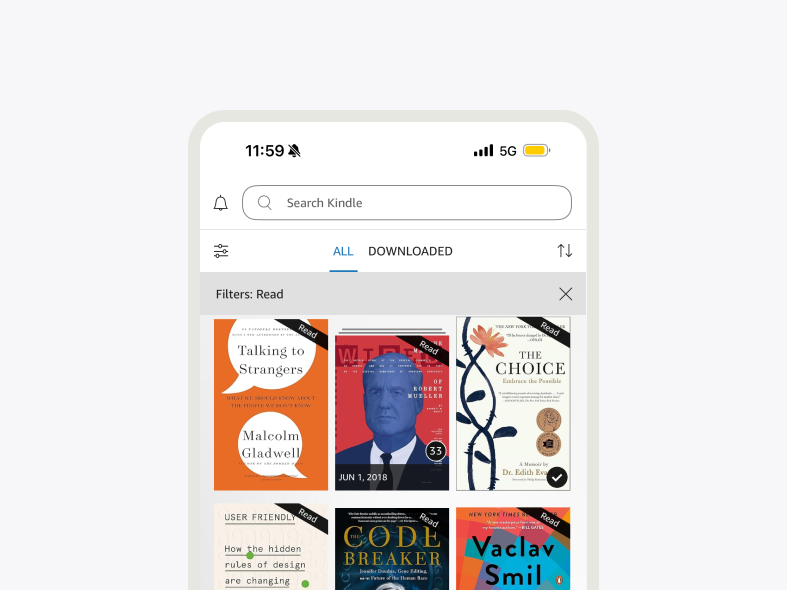Reimagining Care Coordination at Amazon Health
Caring for a loved one's health can feel like a full-time job, taking precious moments from millions of families every day. By reimagining care coordination across Amazon Health services, I transformed an overwhelming burden into a seamless part of daily life. Now, families can manage their health needs with the same ease as ordering groceries, giving them back time to focus on what truly matters - being there for each other.
Role
Lead Sr. UX designer and researcher
Amazon, June 2024 - May 2025
Amazon, June 2024 - May 2025
Impact
Thousands of verified relationships established with 30% of helpers actively ordering medications within weeks of launch
Strategic challenge
As we began to dive into caregivers at Amazon Health, I saw a chance to leverage insights from past generative research for caregiver needs. Using qualitative data and AI analysis, I synthesized our findings into three key personas:
The Advocate Caregiver: Navigates complex medical systems
The Experienced Caregiver: Manages emotional and practical care
The Juggling Caregiver: Balances care with competing demands
While this helped identify many opportunities to improve health coordination, I championed a targeted initial approach: building a secure platform for collaborative health management. This would create the foundation for solving the deeper challenges our research revealed.
Understanding Real Relationship
Looking at Amazon's own data, I saw that relationships shifted and evolved based on people's needs, availability, and living situations - overlooked by traditional healthcare systems. Spouses took turns supporting each other through health challenges, adult children coordinated their parents' care from across the country, and neighbors stepped in for prescription pickups. Professional caregivers and babysitters needed different levels of access than family members.
Language Analysis & Impact
AI analysis of 50 healthcare apps showed a shift toward collaborative language, moving away from clinical terms that create barriers for family and friends. Traditional medical language often portrays people as passive care recipients rather than active participants. By adopting more inclusive terminology, we create stronger health partnerships.
Making it work for everyone
Support diverse relationships
Health support isn't one-size-fits-all. A spouse helping manage daily medications needs different access than a neighbor picking up occasional prescriptions.
Empower through language
Instead of turning friends and family into "caregivers" and "patients," we focused on natural, everyday actions - like helping your mom manage her prescriptions or tracking your partner's appointments.
Respect independence and flexibility
Life changes, and so do health needs. We made adjusting these relationships as natural as updating a shopping list, preserving dignity and control.
Building through collaboration
Creating a foundation for Amazon's health relationships meant bringing teams together early. I established collaboration patterns that became crucial to our success:
• Shared Figma files serving as our source of truth
• Regular engineering collaboration through dedicated Slack channels and meetings
• Real-time feedback and iteration through clear change logs
• Continuous alignment with legal and security teams
• Regular engineering collaboration through dedicated Slack channels and meetings
• Real-time feedback and iteration through clear change logs
• Continuous alignment with legal and security teams
This approach enabled us to move quickly while ensuring technical feasibility and compliance at every step.
Simplifying the complex
Security teams wanted extensive verification processes, while product teams traditionally avoided in-product education. I needed to find a way to make the experience both secure and intuitive. By persistently questioning what was truly necessary for HIPAA compliance, I advocated for the simplest possible verification process. Working closely with legal and security, we identified the minimum requirements: a secure link via text, a matched phone number, and a quick birth date verification.
To help people navigate between managing their own medications and helping others, I introduced a "just-in-time" educational bottom sheet - a first for Amazon Pharmacy. Clear indicators like "Shopping for John" ensure everyone knows whose medications they're managing.
The solution
We made helping manage someone's health as natural as sharing a shopping list. With just a name and phone number, customers can invite up to six trusted individuals to help manage their health through Amazon Pharmacy. No clinical terms, no complicated forms - just a simple invitation that extends trust into health management.
Health information is sensitive - you can't just share your password or hand over your account. So we created a system that's as secure as it is simple. A secure link, a matched phone number, a quick verification of a birth date - small steps that build trust while protecting privacy. Once verified, trusted helpers manage prescriptions through their own Amazon accounts, maintaining independence on both sides.
"The simplicity of it is very nice and just the straightforwardness, it's really nice just to be like, I just need a name and phone number and we can get the person authorized to help you... not having to fill out like giant forms to do it. Um, I really like this." - Research Participant
The heart of this system is the Manage Health Access dashboard - a central place where customers can see who they're helping and who's helping them. Here, they can easily add or remove access as needs change. I strategically placed invitation entry points throughout the customer journey - during enrollment, in settings, and on the dashboard - making it natural to ask for help whenever it's needed.
Raising the bar for inclusive design
As the designer on the project, I championed inclusive design from day one. By integrating accessibility requirements into every aspect of our work, we achieved a significant milestone: Amazon Pharmacy's first accessibility-blockers-free launch. This wasn't just about compliance; it was about creating a truly universal experience that everyone could use, regardless of their abilities.
This approach set a new standard for future health projects at Amazon, demonstrating that accessibility isn't an afterthought but a fundamental aspect of excellent user experience design.
Making a difference
The impact of our inclusive, user-centered approach became clear quickly after launch. In just 10 weeks:
Thousands of verified relationships established
42% of users were new to Amazon Health services
27% of helpers actively ordering medications
1.9% contact rate, demonstrating the intuitiveness of the design
We weren't just making things easier for existing customers - we were bringing new people into Amazon's health ecosystem, and ensuring everyone could benefit from these new capabilities.
Building for the future
From the start, I designed the system to support Amazon's broader health vision, creating patterns that could extend across services. While we launched with simple controls, I structured the system to accommodate future needs like teen privacy controls for mental and sexual health services.
The journey maps from our three personas revealed additional opportunities we could build upon:
Emotional support resources during transition periods
Tools for balancing self-care with caregiving
Features to help navigate healthcare system complexity
Efficient systems for managing multiple care responsibilities
This long-term thinking helped me build support across teams:
Product leadership saw how we could launch quickly while enabling future growth
Legal and security teams understood how our simplified approach could scale securely
Identity Services recognized how this framework could adapt to future health offerings
Looking forward
This is just the beginning of reimagining how people can support each other's health. We've established a foundation for coordinating health services through a single verified relationship across Amazon Health services. This platform approach will enable:
Support for minors and teens, especially for sensitive health needs
Expansion across additional health services
More nuanced permission models as needs evolve
By focusing on how people naturally help each other rather than forcing them into predetermined roles, we've created technology that enhances human connections in healthcare, giving people back the time and peace of mind to focus on what truly matters - being there for each other.


